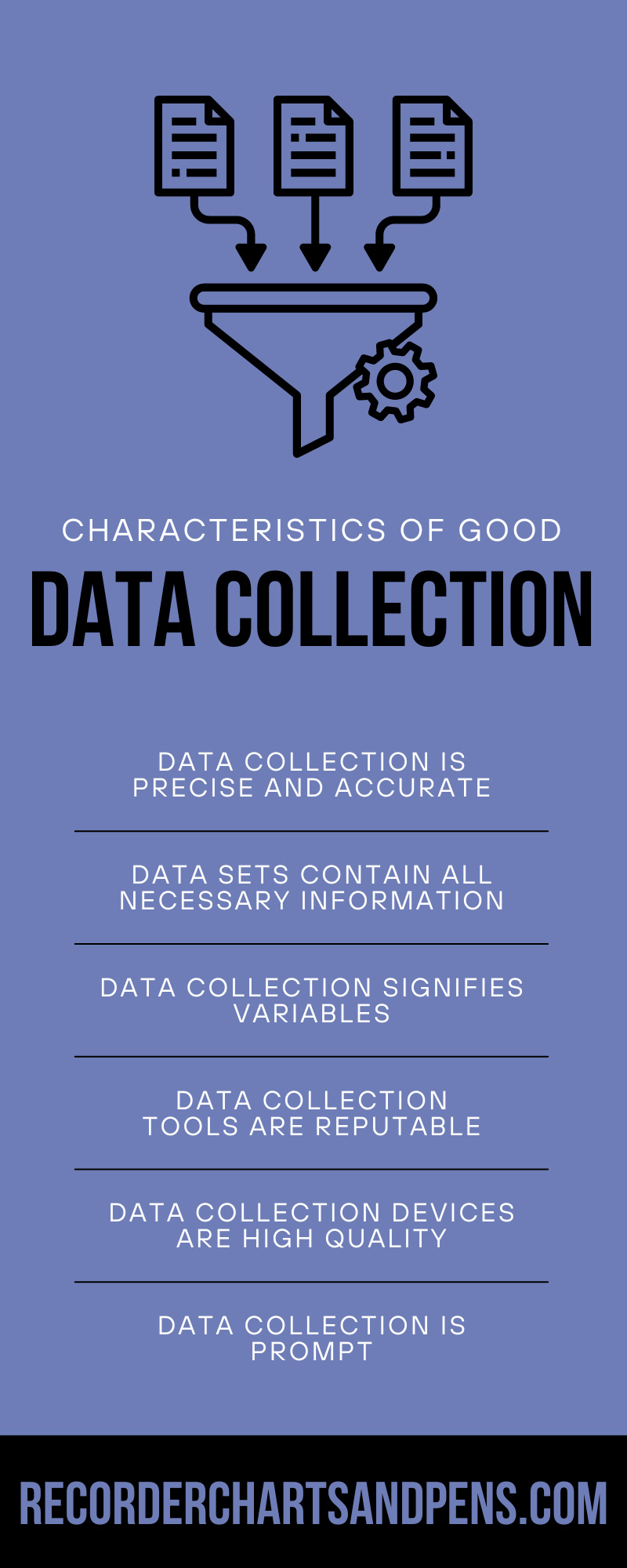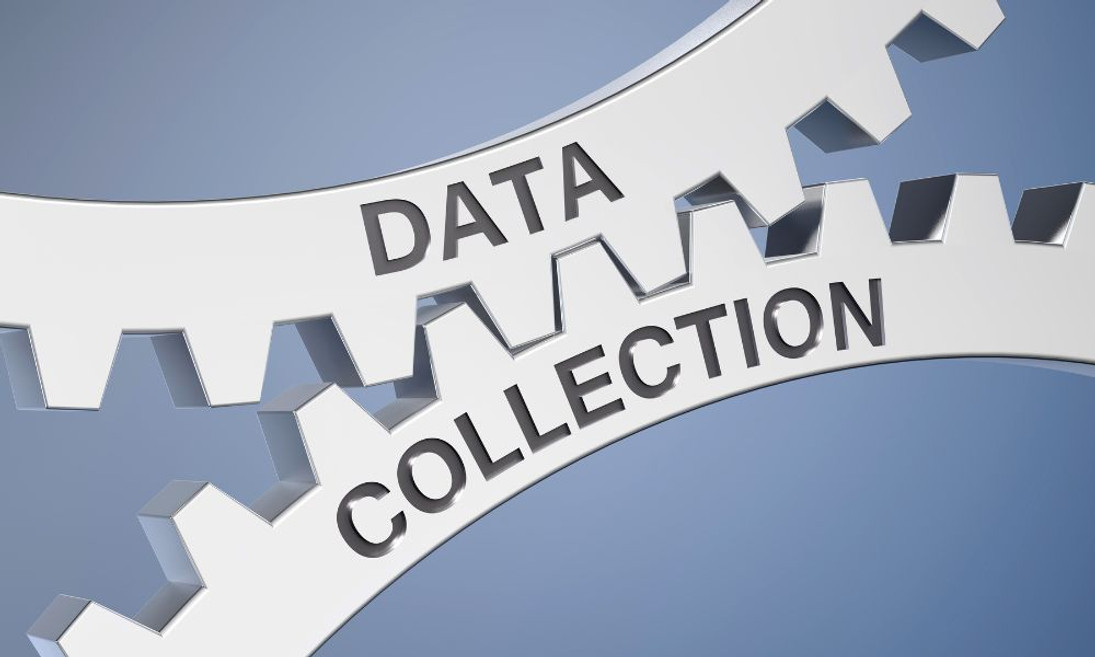28th Feb 2024
6 Characteristics of Good Data Collection
Collecting data is the only way to conduct research and drive innovation. Without good data collection habits, operations cannot improve. It’s time to strengthen your research and gain consistent, quality results. Read on about the six characteristics of good data collection in all industries.
Data Collection Is Precise and Accurate
Precision and accuracy are the cornerstones of effective data collection. They evaluate whether the gathered information reflects the true nature of the subject.
Precision refers to the consistency of the data across multiple measurements, implying that repeated measurements under unchanged conditions produce the same results.
Maintaining precision in data collection methods minimizes variation and enhances repeatability. Minimized variation and enhanced repeatability reduce the likelihood of random errors and increase the data’s reliability.
Accuracy indicates how close the collected data is to the actual value. It’s crucial to guarantee the validity of these conclusions, as even minor discrepancies can lead to significant errors in the study’s outcome.
Example
Consider the principles in an industrial context. A manufacturing company deploys sensors to monitor the temperature of machinery on the production floor. The goal is to maintain optimal operating conditions and prevent overheating that causes equipment failure.
Implementing highly calibrated thermocouples that consistently produce the same readings under steady-state conditions ensures the precision of its data collection. These thermocouples maintain the data’s accuracy if analysts and scientists regularly test them against a standard temperature and adjust as necessary.
Data Sets Contain All Necessary Information
A comprehensive data set encompasses all attributes to conduct a thorough analysis and draw meaningful conclusions. These meaningful conclusions will determine the depth of analysis and impact the applicability of the study’s findings. Researchers must ensure they are capturing all relevant data points to address the research question comprehensively when designing data collection methods.
Defining and understanding the scope of the research is essential to ensure the data sets are complete. Obtaining this knowledge involves identifying all the factors that could potentially influence the results and making sure analysts and scientists include them in the data collection process. For instance, a study on the impact of nutrition on student performance would need to account for variables such as age, socioeconomic status, health conditions, and dietary habits to have a complete data set.
Data Collection Signifies Variables
Variables represent the characteristics or attributes that researchers intend to measure in a study. Researchers can test hypotheses and analyze relationships within the data through the established variables. Clear identification and definition ensure they collect each relevant data point that contributes to the overarching research goal.
The scale of measurement for variables is critical as it defines how the researchers analyze and interpret data. It provides a standardized method to quantify the differences between observations, allowing for meaningful comparisons and statistical analysis. Without an appropriate scale, the nuances and magnitude of change in variables may be lost, hindering the depth and accuracy of their research findings.
Data collectors also must ensure that the scale of measurement is appropriate for the type of data they are collecting. Different scales of measurement exist—nominal, ordinal, interval, and ratio—each suited for different types of data and analysis.
The choice of scale affects the kind of statistical analysis that researchers can meaningfully perform on the data and impacts the robustness of the study’s results. Thus, the clear representation of variables and an appropriate scale of measurement are foundational in making a study’s data collection methods scientifically sound.
Data Collection Tools Are Reputable
Trusted tools have been tested and validated for their reliability and efficacy. Reputable tools refer to established methods and instruments used to gather information in a specific field or research area in data collection.
A quintessential example is the chart recorder. It’s an instrument widely recognized for its role in registering various environmental conditions over time. Utilizing a system of sensors and pens, chart recorders produce a graphical representation of the data on paper charts, allowing researchers to observe trends and fluctuations.
The Honeywell Truline chart recorder is a wonderful example of a high-quality, trustworthy chart recorder. It’s a proven, reliable method of collecting continuous data across numerous fields, including weather monitoring, laboratory experiments, and industrial processes. The Honeywell chart recorder functions under many conditions without compromising on accuracy.
Data Collection Devices Are High Quality
Data collection devices should be from a reputable brand and consist of high-quality materials, and researchers must take care of them. Ensuring that data collection devices are in good working order is essential for capturing high-quality data. Regular maintenance and calibration are critical procedures that analysts and scientists must not overlook.
Devices that measure quantitative variables, such as sensors and meters, require frequent checks to confirm that they are functioning within their specified performance ranges. This preventative care helps identify potential issues before they can negatively impact the data’s precision and accuracy.
Be sure to document the condition of the devices prior to operation. Researchers should request a repair or replacement before proceeding with data collection if they’re malfunctioning or deteriorating.
Data Collection Is Prompt
Chances are the data is no longer applicable if years have passed since the last time you collected data. Relying on outdated information to draw conclusions for present-day situations could significantly undermine the integrity of the study and lead to outdated decisions.
A major challenge with the use of outdated data sets is that they may not account for recent developments, trends, or changes in conditions. Data should be as current as possible to accurately reflect the subject under consideration.
Example
Apply this principle to environmental research. A team of researchers is assessing the health of a forest ecosystem. The plan is to collect information from the soil’s moisture to the soil nutrients, to the forest’s temperature levels.
The researchers use sensors known for reliable long-term operation to ensure the precision of their data. They conduct repeated measurements at various points within the forest. They can maintain their data’s accuracy by regularly calibrating these sensors through comparison with controlled soil samples of known conditions.
The researchers would schedule data retrieval to coincide with the time when policymakers finalize decisions regarding land conservation. By doing so, the data reflects the most current conditions of the forest ecosystem and provides actionable insights to policymakers.
The characteristics of good data collection define the research process. Mastering them will enable professionals to harness the full power of data, cutting through the ambiguity to glean insights that drive progress and success.\


